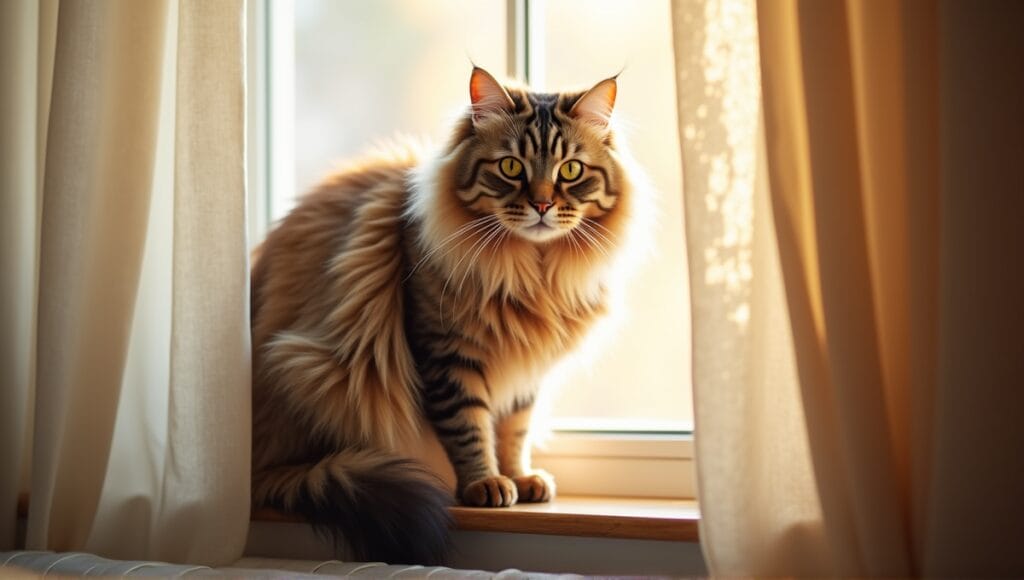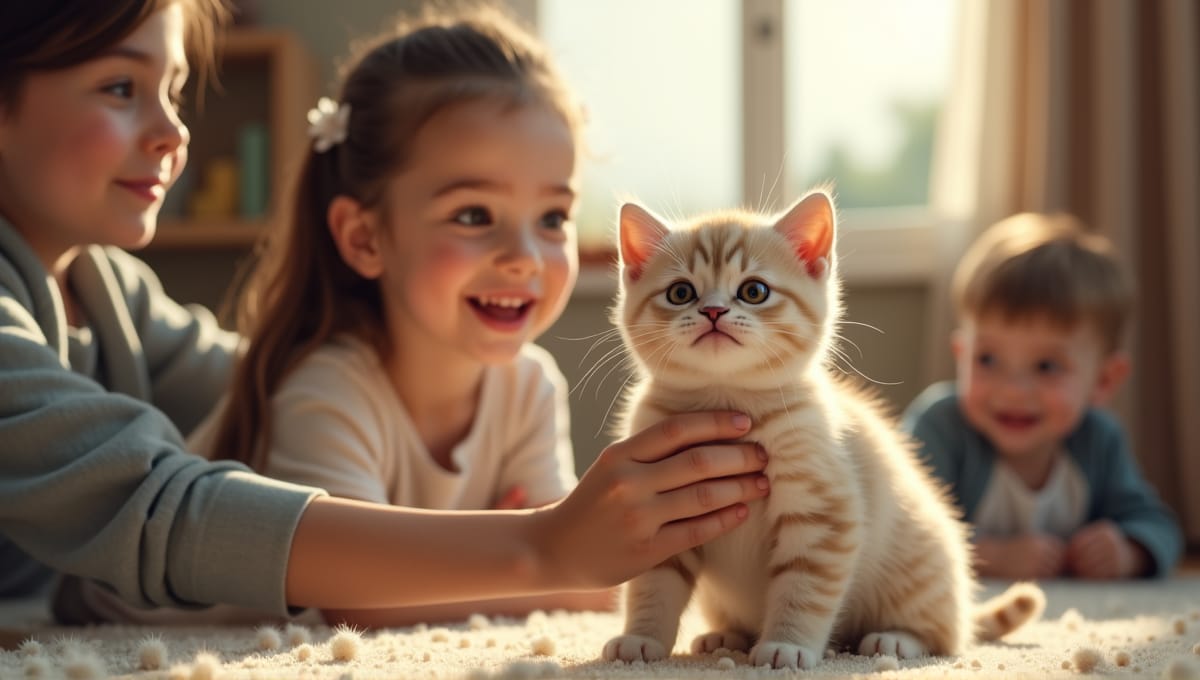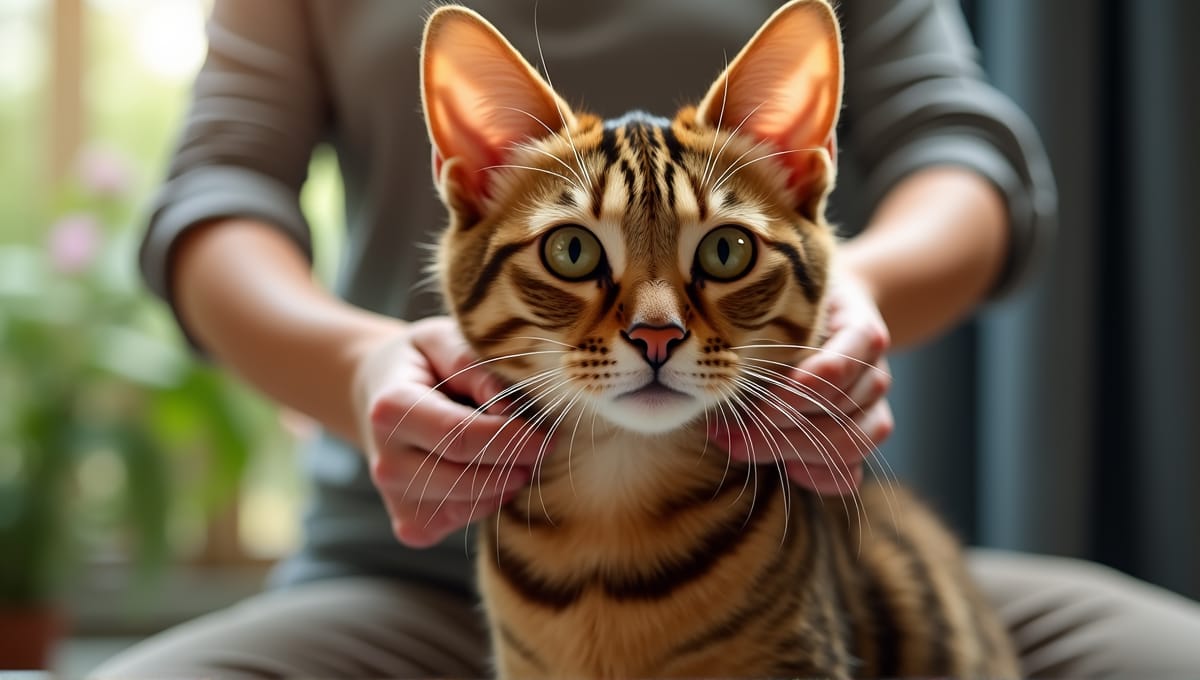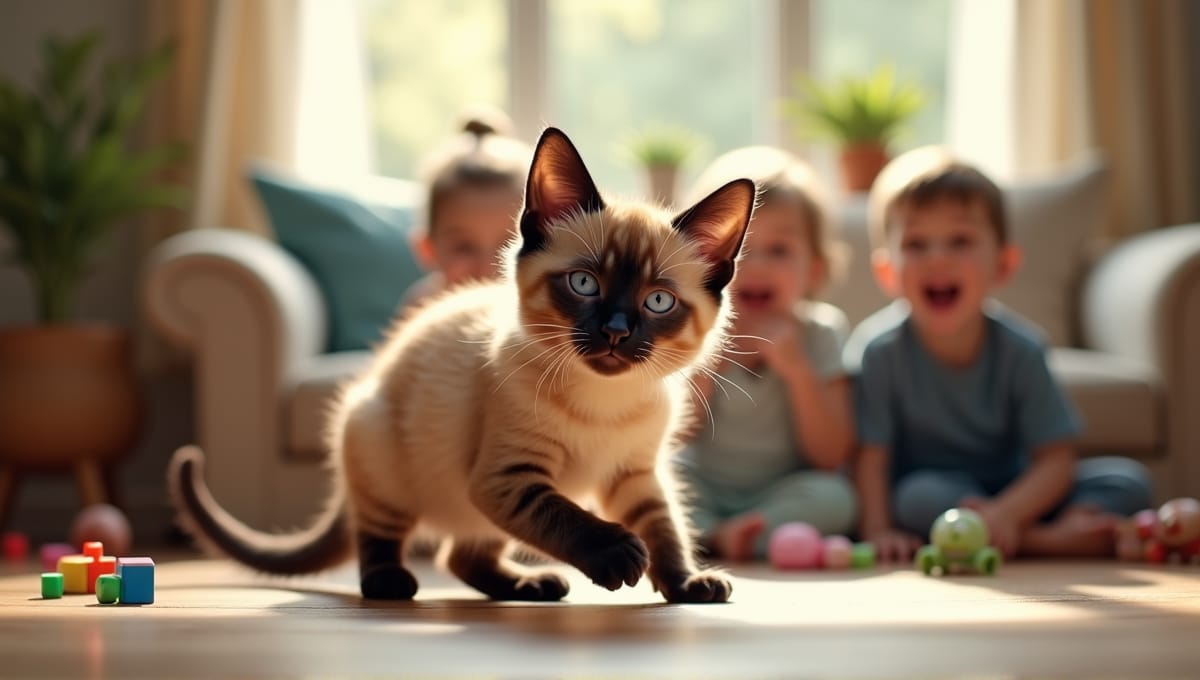Longhaired cats are beautiful animals with specific care requirements. I’ve been a cat lover all my life, and I’ve had the pleasure of caring for many longhaired cats. From the elegant Persian to the noble Maine Coon, these breeds are great for beauty and affection. However, they do demand more grooming and care. So, which longhaired cat is the best fit for you?
Overview of Long-Haired Cat Breeds
Long-haired cats are simply those with hair exceeding 2 inches in length. These regal animals have stolen the hearts of cat enthusiasts for centuries. Their longer coats developed naturally in cold climates, such as Russia, Turkey, and Persia, as it allowed them to survive harsh winter weather.
I find the genetics of long hair in cats particularly interesting. It is actually caused by mutations in the fibroblast growth factor 5 (FGF5) gene. This is a recessive trait, meaning both parents must carry the gene for the offspring to have long hair. As a cat lover, I’ve always been amazed at how this genetic quirk produces such a wide range of coat lengths and textures.
Many long-haired breeds also share several other characteristics. They frequently have tufted ears, tufted paws, and a tufted tail. Additionally, their hair may be silky, fluffy, or wooly, and many also have a dense undercoat to keep them warm. These breeds also tend to be larger than short-haired cats though there is a lot of variation in their personalities.
Long-haired cats also come in virtually every color and pattern you can imagine. They come in solid colors, tabbies, pointed patterns, and so much more. They often have large, expressive eyes, which only adds to their appeal. If you’re interested in exotic cat breeds, many long-haired cats fall into this category.
Popular Long-Haired Cat Breeds
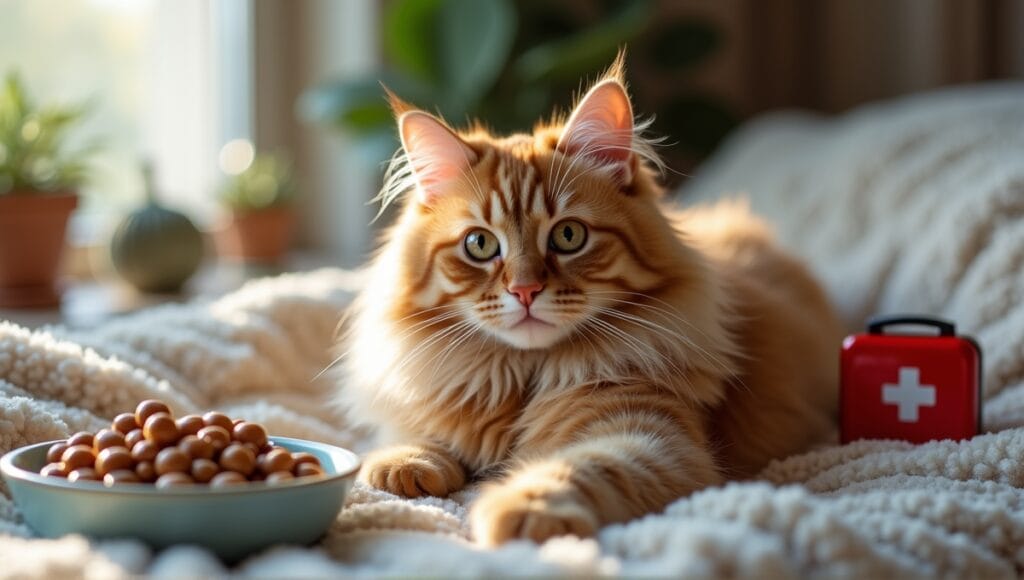
Here are a few popular long haired cat breeds. Each breed has its own appeal and personality.
Persian:
- Appearance: Flat nose, round face, extremely long silky coat
- Temperament: Calm and sweet
- Size: Medium to large (7 to 12 pounds)
- Origin: Persia (modern day Iran)
Maine Coon:
- Appearance: Long shaggy coat, large tufted ears, long body
- Temperament: Friendly, intelligent, playful
- Size: Large (10 to 25 pounds)
- Origin: United States (Maine)
Norwegian Forest Cat:
- Appearance: Water-resistant double coat, sturdy body, almond-shaped eyes
- Temperament: Independent, gentle, good with kids
- Size: Large (8 to 16 pounds)
- Origin: Norway
Ragdoll:
- Appearance: Silkier medium-length fur, blue eyes, color-point coat
- Temperament: Relaxed, affectionate, dog-like
- Size: Large (10 to 20 pounds)
- Origin: United States (California)
Himalayan:
- Appearance: Siamese coloring, Persian body, flat face
- Temperament: Quiet, sweet, very affectionate
- Size: Medium to large (7 to 12 pounds)
- Origin: United States (cross of Persian and Siamese)
Siberian:
- Appearance: Triple coat, muscular body, medium to large
- Temperament: Playful, energetic, smart
- Size: Medium to large (8 to 17 pounds)
- Origin: Russia
Turkish Angora:
- Appearance: Medium to small, fine silky coat, slender body
- Temperament: Active, intelligent, vocal
- Size: Small to medium (5 to 10 pounds)
- Origin: Turkey
- Appearance: Blue eyes, pointed coat, white “gloves” on paws
- Temperament: Affectionate, gentle, curious
- Size: Medium (6 to 12 pounds)
- Origin: Burma (Myanmar)
Grooming Requirements for Long-Haired Cats
Grooming is essential for long-haired cats. It’s a responsibility you should be prepared for. Daily grooming for 15-20 minutes can reduce hairballs by as much as 75%. That’s a major benefit for your cat’s health and your carpet’s cleanliness.
You should brush your long-haired cat at least 2-3 times per week. Daily is best, though. Use a wide-tooth comb to gently work through the coat. Always start at the base and work your way out. This will prevent matting and distribute natural oils.
The frequency of baths depends on your cat’s lifestyle and coat. Most long-haired cats need a bath every 4-6 weeks. Use a cat-specific shampoo and be sure to rinse thoroughly. You can blow-dry on low to prevent tangles.
Matting and tangles need special attention. They can also be quite painful for your cat if they get out of hand. A detangling spray and a mat splitter can be helpful. If it’s really bad, you may need professional grooming.
The main tools you’ll need include:
- Slicker brush
- Wide tooth comb
- Mat splitter
- Detangling spray
- Cat-safe scissors (for emergencies only)
Professional grooming every 4-6 weeks can also be helpful. Professional groomers have specialized tools and knowledge. They can also handle more severe matting and give your cat a clean look.
Long-Haired Cat Coat Types and Characteristics
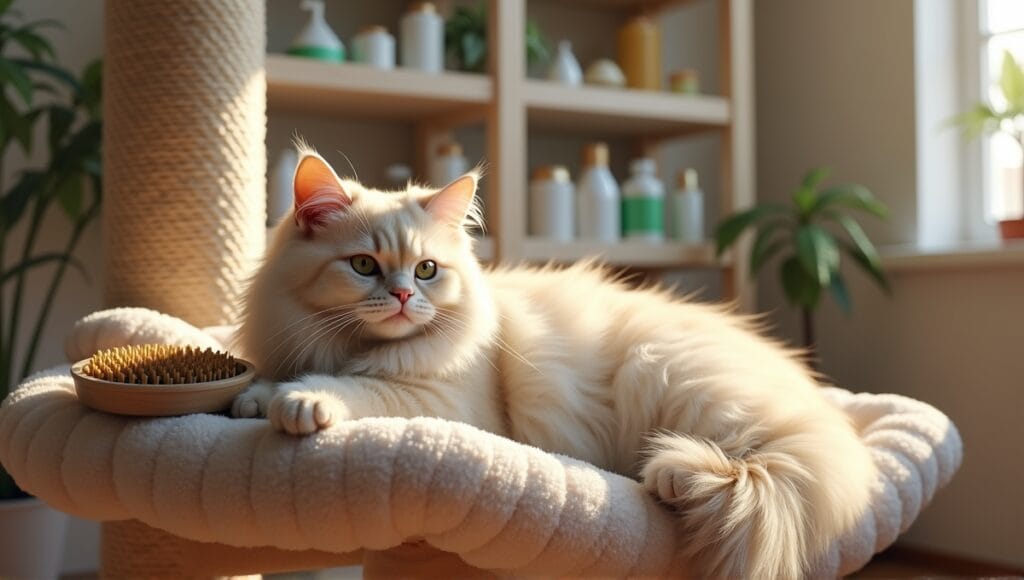
Long haired cats have intricate, beautiful coats with three layers of fur: guard hairs, awn hairs, and down hairs, creating a double coat with a downy undercoat and longer guard hairs.
The type of coat can differ from breed to breed:
- Silky: Fine and sleek (e.g., Turkish Angora)
- Woolly: Dense and fluffy (e.g., Persian)
- Shaggy: Long and slightly rough (e.g., Maine Coon)
Coat length varies from medium long (approximately 2 inches) to extra long (over 5 inches). The Persian typically has the longest coat while the Siberian has a moderately long coat.
Like all double coated cats, long haired cats undergo seasonal changes. In the spring, they shed their thicker winter coat in favor of a lighter summer coat. In the fall, they shed the lighter summer coat in favor of a thicker winter coat. If kept indoors, your cat might shed all year due to consistent temperatures and artificial lighting.
The variety of coat colors and patterns is practically endless in long haired cats. You can find them in solid colors like white, black, and red, or various patterns such as tabby, tortoiseshell, and colorpoint. Some breeds, like the Maine Coon, offer more than 75 potential patterns. If you’re particularly interested in color variations, you might want to explore orange cat breeds, which can include some long-haired varieties.
Health Considerations for Long-Haired Cats
Long-haired cats have some special health considerations, as their abundant coats can cause specific health issues. Understanding these can help you take better care of your cat.
Hairballs are perhaps the most common issue. You can reduce them by regularly brushing your cat. You can also feed your cat a hairball control diet. If your cat still struggles with hairballs, ask your vet for recommendations.
Skin issues can be hiding underneath all that hair. Check for redness, flakes, or bumps while grooming your cat. Additionally, pests like fleas can be more challenging to identify. Use pest prevention products as directed by your vet.
Long-haired cats are more prone to heat stress when it’s warm. Make sure your cat has access to cool areas to relax. Some cats also benefit from a summer lion trim to stay comfortable.
Your cat needs proper nutrition to maintain a healthy coat. Look for cat food that contains omega-3 and omega-6 fatty acids. These are important for healthy skin and fur. If your cat needs more of these nutrients, ask your vet about supplements.
Shedding and Hair Management
Shedding is just a reality of life with long-haired cats. Most will experience two major shedding seasons each year, and shedding tends to peak in spring and fall. However, even indoor cats shed continuously, thanks to the artificial environment you provide.
You can manage shedding by brushing your cat daily. Brushing will help you remove loose hair before it finds its way onto your furniture. A rubber grooming mitt is also quite effective at removing shed hair.
Invest in some good hair removal tools:
- Lint rollers
- Electrostatic dusting cloths
- Vacuum attachments designed specifically for pet hair
You also need to vacuum regularly. At a minimum, aim for twice weekly. If your cat has a favorite spot, you may need to vacuum more often. Additionally, higher humidity can make hair more likely to mat, so you may need to use a dehumidifier.
Adopting and Caring for Long-Haired Cats
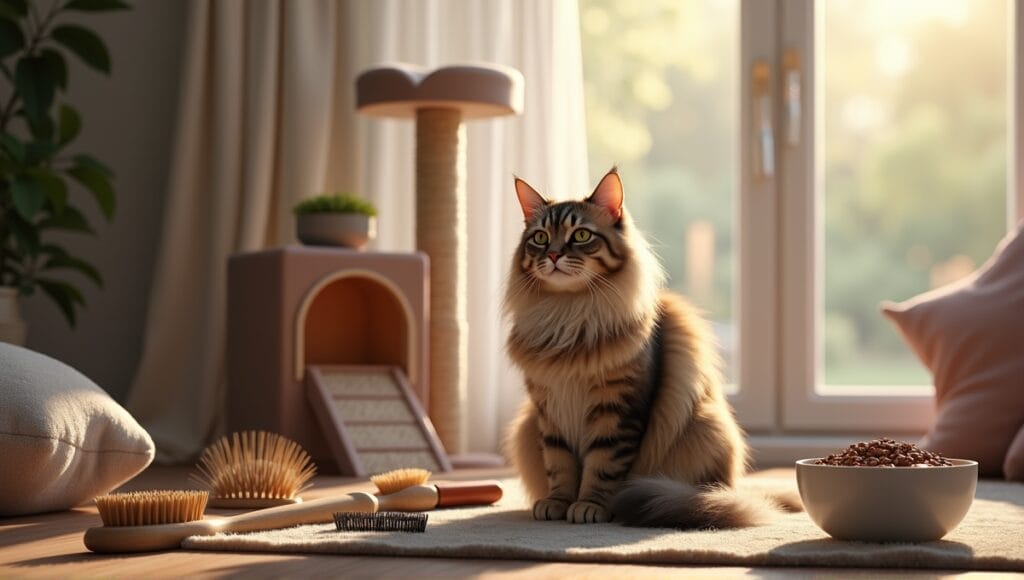
Adopting a long-haired cat is an excellent decision, but it does take a lot of planning and commitment. Evaluate your lifestyle and how much time you can dedicate to grooming before selecting a long-haired cat.
Initial grooming set up:
- High-quality brush and comb
- Cat-safe detangling spray
- Appropriate food for long-haired cats
- Comfortable grooming space
Prepare your home for the arrival of your new long-haired cat. Purchase scratching posts so your cat doesn’t ruin your furniture. Create cozy spaces that aren’t too close to heat sources, as long-haired cats can easily overheat.
Costs to consider extend beyond the initial adoption fee. You’ll need to invest in regular grooming supplies and high-quality food. If you can’t groom your cat as needed, professional grooming is another potential expense. Healthcare costs may be slightly higher due to potential coat-related health issues.
When looking for a long-haired cat, look for reputable sources. Check for breed-specific rescues and responsible breeders. Many shelters also have long-haired cats, so consider starting there. Never adopt a cat without meeting it first, as each cat’s personality is different. If you’re open to various options, you might also consider mixed breed cats, which can include long-haired varieties with unique characteristics.
Each individual long-haired cat will have slightly different grooming needs. Be patient, show the cat lots of love, and take good care of it. When you have a strong bond with your cat, you’ll feel good about the grooming and care you put into it.
Final Takeaways
Long-haired cats are stunning and special in their own right. They do, however, demand a lot of grooming. Select a breed that matches your lifestyle and willingness to groom them. With the right care, these regal cats are excellent pets. Their beautiful coats and mild manners will make you happy you put in the extra grooming effort. Of course, every cat is a unique creature that deserves love and care.


